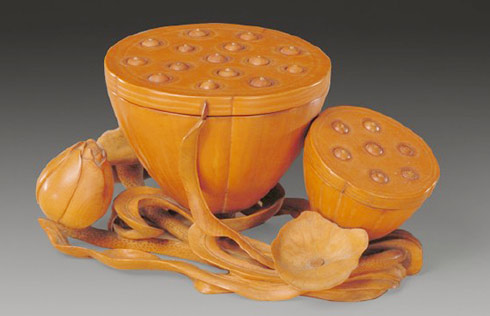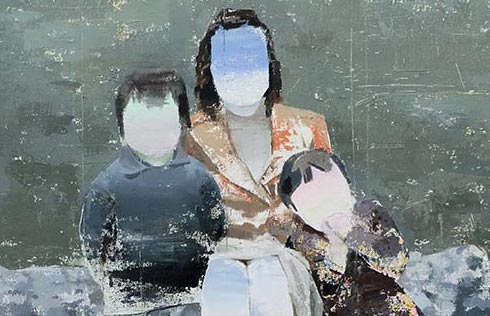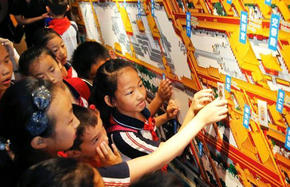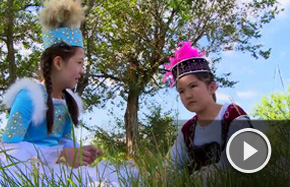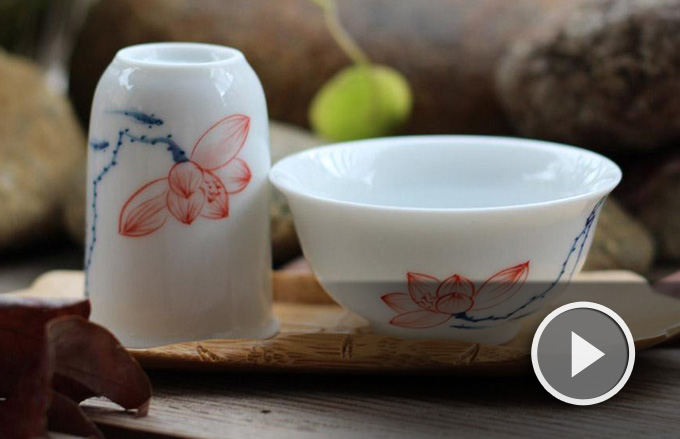Old customs need injection of new blood
|
Tursunkhari Zunun makes a piece of traditional Uygur pottery. [Photo provided to China Daily] |
The traditional Uygur residential area, known as the High Platform Neighborhood, has a history of more than 1,000 years, and is a landmark in Kashgar's old town.
The loess-loosely compacted yellowish-gray sediment-that produced the platform is also the raw material Aniwar, 50, and his brother Wumar, 45, use to make traditional Uygur bowls and jugs. The brothers are the sixth generation of a family of renowned potters.
At one time, traditional Uygur pottery items were daily essentials, but in recent decades cheaper porcelain has begun to dominate the market. "Nowadays, only old men use pottery tableware," Aniwar said.
Gradually, the traditional craft lost its appeal, and most of the potters in High Platform relinquished their careers. Now, only two families, including Aniwar's, still make a living by producing pottery.
"Our main customers are tourists, so we have begun making smaller products that are easier to pack in their luggage," said Aniwar, sitting in the courtyard of his house surrounded by a display of his wares. "Some tourists said they will use our oil lamps as ashtrays and the small spice jars to store coffee beans."
During the peak tourist season in the summer, the brothers make about 4,000 yuan ($590) a month.
Uygur pottery is known for its unique hand-painted patterns and the signature color combination of brown, black, green and cream. The loess material helps keep the contents warm while the exterior remains cool to the touch.





